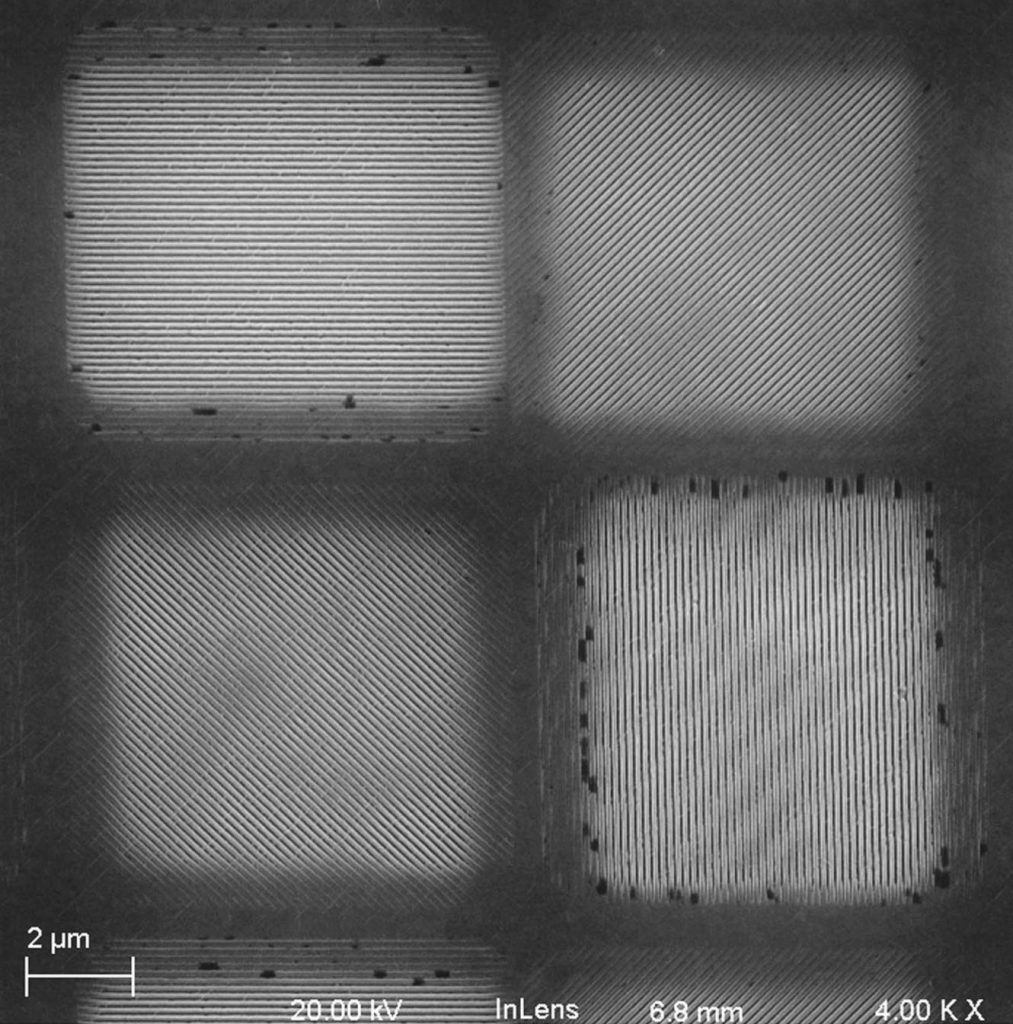quasar polarimetry
Valuable information about the structure and physics of active galactic nuclei (a.k.a. quasars) can be obtained by studying their polarized emission, and in particular its time-variation. Polarized emission can relate to the emission mechanism of the quasar (e.g., due to the gyration of electrons in magnetic field, as in radio-loud quasars) or be the result of scattering of non-polarized light by asymmetric geometrical structures (clearly, both effects can work in tandem). In addition to that, dust particles between us and the source can lead to further polarization due to grain alignment in the interstellar medium, yet this effect may be mitigated and is not expected to lead to time-variation over human lifetimes. The inner engines of quasars are thought to have inherent (disk/bowl-like) asymmetry, with both free electrons and dust acting as possible reflectors. Therefore, the study of polarized light in (radio-quiet) quasars can enhance our understanding of their inner regions.
We employ a novel technique, which has recently become accessible whereby micro-polarizers are installed above individual pixels on the (CMOS) detector.

Micrograph from a scanning electron microscope of a micropolarizer array “superpixel.” The superpixel consists of 4 individual pixels, each or which is covered by a polarizers that transmits light with a given polarization. Stokes arithmetic of the flux in the 4 pixels can reveal the linear polarization angle and percentage for light in the super pixel. From Vorobiev et al. (2018).
